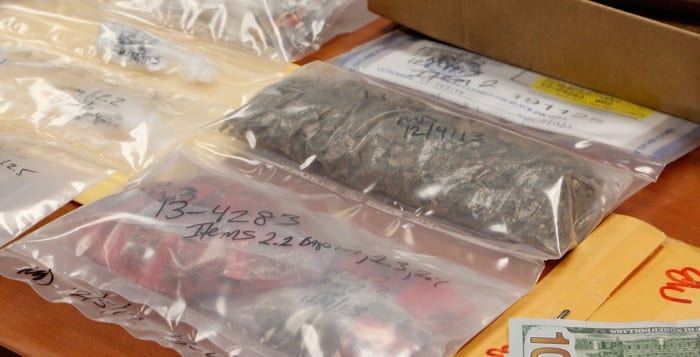We have spent the better part of the last two weeks glued to the television watching extraordinary people perform incredible acts under unimaginable pressure. Maybe we should come up with an Olympic Games for the ordinary person. To enter these games, contestants will have to go through a speed round of sports clichés, to see who can come up with the most trite phrases for any circumstance.
“Yes, I just lost, but I learned a great deal and was proud to be here. I’m going to refocus and redouble my efforts, and come back that much stronger.”
“We just take it one game at a time.”
“I know I’m only 8, but this is what I wanted my whole entire life.”
We can add a contest for would-be reporters. Ordinary people can sit down with athletes and see who can ask either the most inane questions or share superlatives.
“You just won your 18th Olympic gold medal. What’s next? Oh, right, your 19th?”
“That was sensational, spectacular and unbelievable. I’m just wondering what it must be like to be you.”
How about a remote-control Olympics? Let’s see who can change from channel to channel — without switching to movie stations — the longest without hitting a commercial. I pride myself on my ability to watch three shows without seeing too many advertisements, but every so often I flip from one station that’s cut to a commercial to another that’s still in commercial. That’s a remote control error.
How about if we put teenagers in a room and push their endurance? We can have their parents talking to them while they are sending texts, updating their Instagram accounts and using Snapchat. In fact, not only will their parents be talking to them, but they also will have to answer questions about their days. The first one-word answer — “good” for example — disqualifies the contestant.
Teenagers might want to turn that contest around, requiring instead that they only answer in one syllable. The problem with that, though, is that the game might not end until they hit their 20s.
We could also bring in couples who have been together for more than 40 years. We can ask a question and see how long it takes before they finish each other’s sentences. Or, perhaps, we can ask them to tell a story about something that happened early in their relationship and see how long it takes before they argue about the details.
“No, I wasn’t wearing the blue dress. I was wearing the green dress and we weren’t in Philadelphia, we were in Boston; and we weren’t at a park, we were at a movie theater.”
We can invite a group of people who have made an art form out of noticing absolutely everything wrong with others around them. A person can stroll by and the contestants can try to one-up each other’s observations.
“Oh, seriously? She didn’t make eye contact with anyone.”
“Did you notice how she breathed with her mouth open?”
“She wore those shoes? What is she trying to sell, know what I’m saying?”
We could also set up a movie competition, where people quote the most lines from sports movies.
Borrowing from one of my favorite films, “Bull Durham”:
“You lollygag the ball around the infield. You lollygag your way down to first. You lollygag in and out of the dugout. You know what that makes you? Larry!”
“Lollygaggers!”
This 19th-century word has various meanings, including fooling around, wasting time, dawdling or dallying.
Yes, there’s exceptional speed and there are talented people pushing themselves to extreme levels to defy gravity, each other and the clock. And then there are the rest of us and maybe, just maybe, there’s the
Lollygagger Olympics.






